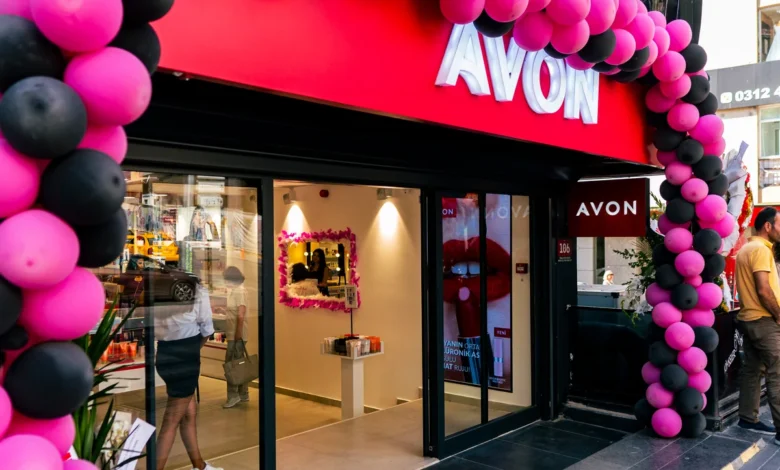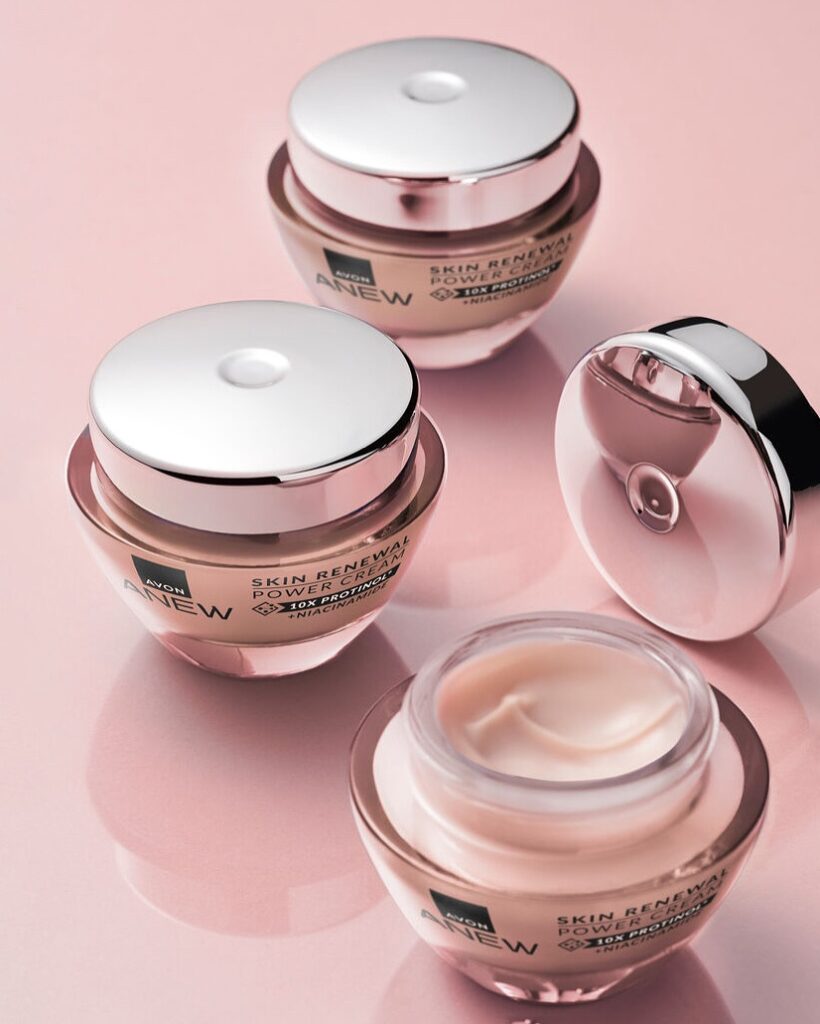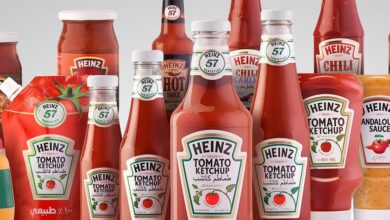The Rise of Avon: Key Lessons Entrepreneurs Can Learn from its Journey

The Rise of Avon: Key Lessons Entrepreneurs Can Learn from its Journey. Avon Products, once a global leader in beauty products and direct selling, became synonymous with empowering women in business. However, despite its monumental success over the decades, the brand eventually filed for bankruptcy in 2024. The story of Avon offers valuable lessons for entrepreneurs—both about what it takes to build a brand and how to sustain it in an ever-changing market. This article about Avon’s rise and fall will break down the key strategies, turning points, and milestones that led to both its success and its eventual downfall. Along the way, we’ll uncover actionable insights for aspiring entrepreneurs aiming to navigate the challenges of building a sustainable, innovative, and resilient business.
Avon’s Humble Beginnings: The Power of Authenticity
Founded in 1886 by David H. McConnell in New York, Avon started with a simple idea: selling perfumes through direct sales. McConnell, initially a book salesman, discovered that his female customers were more interested in his free perfume samples than his books. Recognizing an untapped market, he pivoted and launched Avon—taking his products directly to consumers through a network of door-to-door sales representatives.
Lesson for Entrepreneurs: Authenticity and understanding your audience are key. McConnell’s success wasn’t just about selling a product—it was about connecting with his customers on a personal level. He saw the desire for women to have access to quality products without relying on traditional retail structures. He also understood that empowering women to earn an income through direct selling would build a loyal network. Entrepreneurs must always be in tune with their audience’s needs and desires, and sometimes the most successful products come from unexpected places.

Strategic Marketing: Avon’s Early Dominance and Brand Positioning
Avon’s marketing strategy played a major role in its early success. In the 1920s, the company pioneered the use of product catalogs to reach customers. It was one of the first to create a business model that combined direct selling with branded catalogs, a tactic that made its products more accessible and enticing. Avon’s iconic slogan, “Ding Dong, Avon Calling,” became ingrained in popular culture, further positioning the brand as a household name.
Lesson for Entrepreneurs: Strategic marketing that reflects your brand’s values can make or break your success. Avon was not only selling products; they were selling a lifestyle of empowerment and convenience. Entrepreneurs should ensure their marketing resonates with both their target audience and their core values. Think about the long-term branding, and remember: consistency, visibility, and emotional connection with customers are just as crucial as the product itself.
Resilience During Tough Times: Avon’s Ability to Adapt and Overcome
Through the 20th century, Avon remained a dominant force in direct selling and cosmetics. However, the company faced significant challenges as the market began to shift in the 1990s. The rise of retail chains like Walmart, combined with changing consumer preferences and the emergence of e-commerce, put immense pressure on Avon’s traditional direct selling model. Despite these obstacles, Avon remained resilient and found ways to innovate.
In the early 2000s, Avon made an aggressive push into emerging markets, particularly in Latin America and Asia. This strategic expansion helped the company maintain its relevance in the global market. Furthermore, Avon diversified its product offerings beyond just cosmetics, tapping into skincare and wellness products to broaden its appeal.
Lesson for Entrepreneurs: Resilience isn’t just about surviving tough times; it’s about adaptability. Avon’s ability to shift its focus towards international expansion and new product categories enabled it to sustain growth in the face of domestic challenges. Entrepreneurs must be prepared for market shifts and remain agile, constantly reevaluating their strategies and exploring new opportunities for growth.

Innovative Approaches: Avon’s Bold Moves to Stay Competitive
In the 2010s, Avon took some bold steps to adapt to the digital age, launching e-commerce platforms and strengthening its online presence. However, this transformation was slow and often lacked the innovation needed to compete with up-and-coming brands that were already leveraging social media and influencer marketing. As digital marketing and e-commerce became crucial to survival in the modern retail landscape, Avon struggled to keep pace with more nimble competitors.
Despite these challenges, Avon made an attempt to reinvent itself by collaborating with influencers and celebrities, including the likes of Reese Witherspoon and Olivia Wilde. It also experimented with personalized beauty services to remain competitive in a changing market. However, by the time Avon fully embraced a digital-first strategy, it was often playing catch-up to competitors who had already disrupted the market.
Lesson for Entrepreneurs: Innovating in time is crucial, but it’s even more important to stay ahead of trends. Entrepreneurs can learn from Avon’s delayed transition to digital: it’s vital to anticipate market changes and invest in innovation early. Whether it’s embracing new technologies, creating fresh partnerships, or revamping your marketing approach, staying ahead of trends is essential for long-term growth.
Strategic Missteps and the Impact of Financial Decisions
In 2024, Avon filed for bankruptcy after years of declining sales, mounting debt, and competitive pressures. Many believe that the company’s downfall was a result of multiple missteps, including a failure to fully embrace e-commerce, lackluster leadership, and a deteriorating reputation for innovation. Avon’s reliance on a declining direct-selling model, combined with challenges adapting to modern consumer demands, contributed to its inability to recover.
Lesson for Entrepreneurs: Financial management and leadership are pivotal to long-term success. Avon’s bankruptcy serves as a warning about the importance of sound financial decisions, agile leadership, and strategic foresight. It’s essential to have a team that can pivot when necessary, and understand that financial sustainability requires foresight, not just immediate growth.

Conclusion: What Entrepreneurs Can Take from Avon’s Journey
Avon’s rise and fall offers critical lessons for entrepreneurs. While the company’s innovative marketing and direct sales model made it an iconic brand for over a century, its inability to fully adapt to digital disruptions and evolving consumer preferences ultimately led to its demise.
Entrepreneurs can learn from Avon’s legacy by:
- Being authentic and understanding your audience.
- Investing in strategic marketing and ensuring consistency in branding.
- Building resilience through adaptation and diversification.
- Staying ahead of industry trends and embracing innovation early.
- Paying attention to financial management and leadership.
The journey of Avon teaches that success is not guaranteed, but with the right approach—one rooted in authenticity, resilience, and constant innovation—entrepreneurs can avoid common pitfalls and create businesses that endure for generations.



